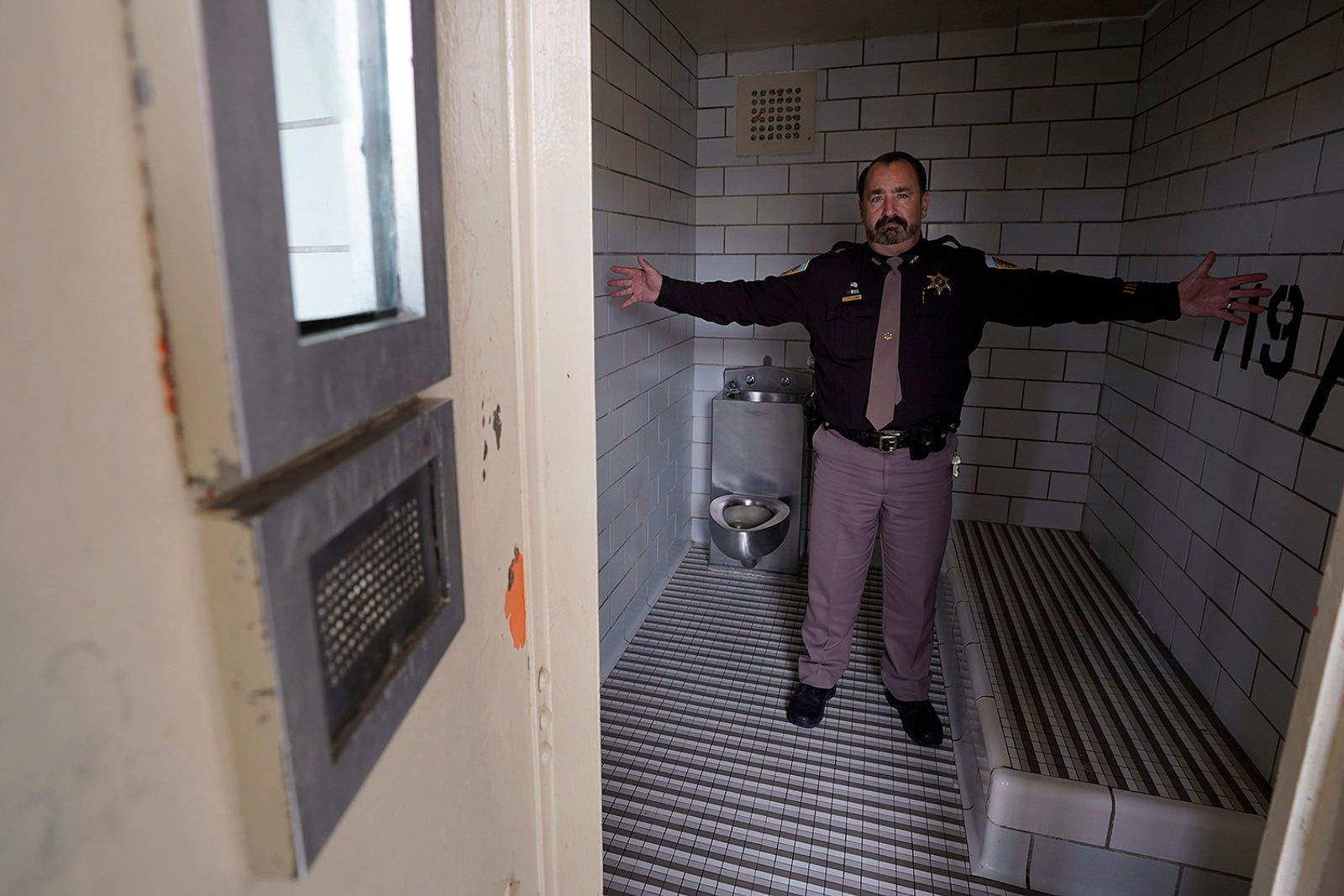Report: More Than 122,000 People in Solitary Confinement in US
Many remain in solitary confinement for weeks, years, and decades

The watchdog group Solitary Watch and the advocacy coalition Unlock the Box released a joint report, "Calculating Torture," showing that at least 122,840 people are locked daily in solitary confinement in U.S. prisons and jails for 22 or more hours a day. Reports have long indicated that solitary confinement, where an incarcerated person is locked up alone, typically in a cell the size of a parking space, for at least 22 hours a day, is not an effective form of punishment. Instead of deterring bad behavior, solitary tends to exacerbate it. Instead of rehabilitating a person, it can wreak extensive damage.
Most people assume solitary confinement is a punishment reserved for incarcerated people who are deemed too violent to be among the general population. But that is not the case. People can be placed in solitary for assault or drugs or weapons, but they can also end up there by mouthing off to a corrections officer or having an extra orange or too many stamps in their cell. Some may be put in solitary for trying to harm themselves with a razor blade or broken light bulb, which is considered a “misuse of property.”
“People have no idea that it’s not reserved for the worst of the worst,” said Jessica Sandoval, senior campaign strategist with Unlock the Box “They think there are five solitary cells in a prison somewhere, but, in fact, there are entire prisons built only to isolate everyone. And what we know is that 85 percent of the reasons people go to solitary are all very low-level kinds of infractions.”
In light of the growing awareness that solitary confinement causes severe damage, increases the risk of death, and worsens safety for everyone, jurisdictions across the country have been introducing legislation to ban or restrict the practice. There’s a reason the United Nations considers keeping a person in solitary for more than 15 days torture. The effects it has on a person, mentally and physically, can be devastating.
Most people who experience solitary settings suffer from depression and anxiety. Some have panic attacks and heart palpitations. Others have a difficult time concentrating, have impaired memory, or lose their sense of identity. In more extreme cases, people report hallucinatory experiences, paranoia, and high rates of suicide and self-harm. And the harmful conditions typically worsen the longer a person is kept alone.
The joint report points to five initiatives to restrict the use of solitary confinement or ban it outright.
- End solitary confinement for young people
- End solitary confinement for subgroups including people who are pregnant, living with physical and mental disabilities, and those with medical conditions
- Prohibit solitary confinement beyond 15 consecutive days in accordance with the United Nations Nelson Mandela Rules
- Create independent oversight mechanisms to promote effective policy implementation
- Fully end solitary confinement for all people.
You can read and download the report "Calculating Torture" here. (opens in PDF).










